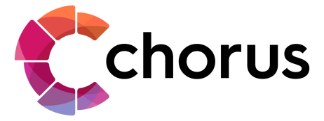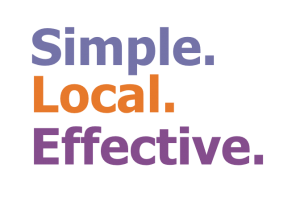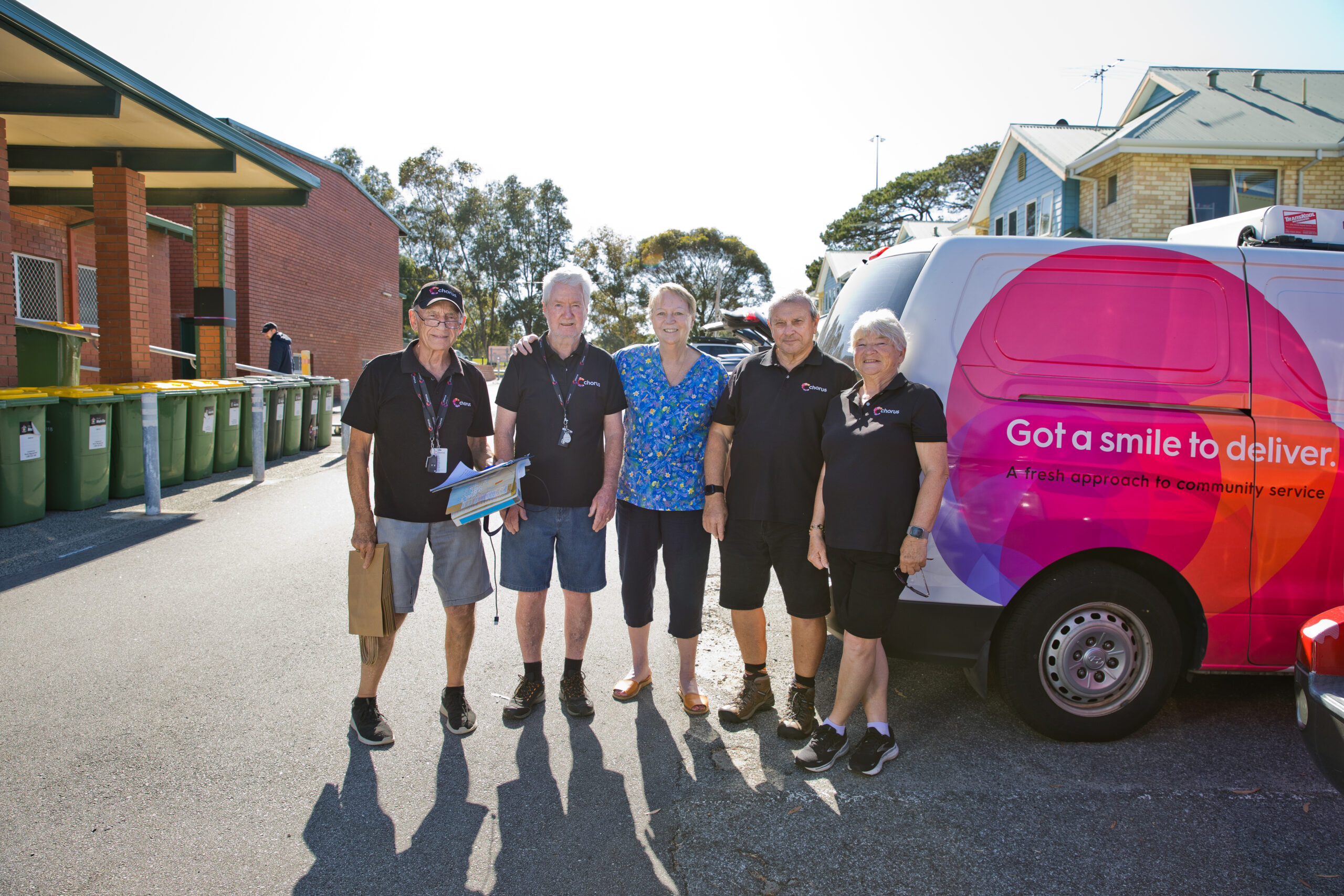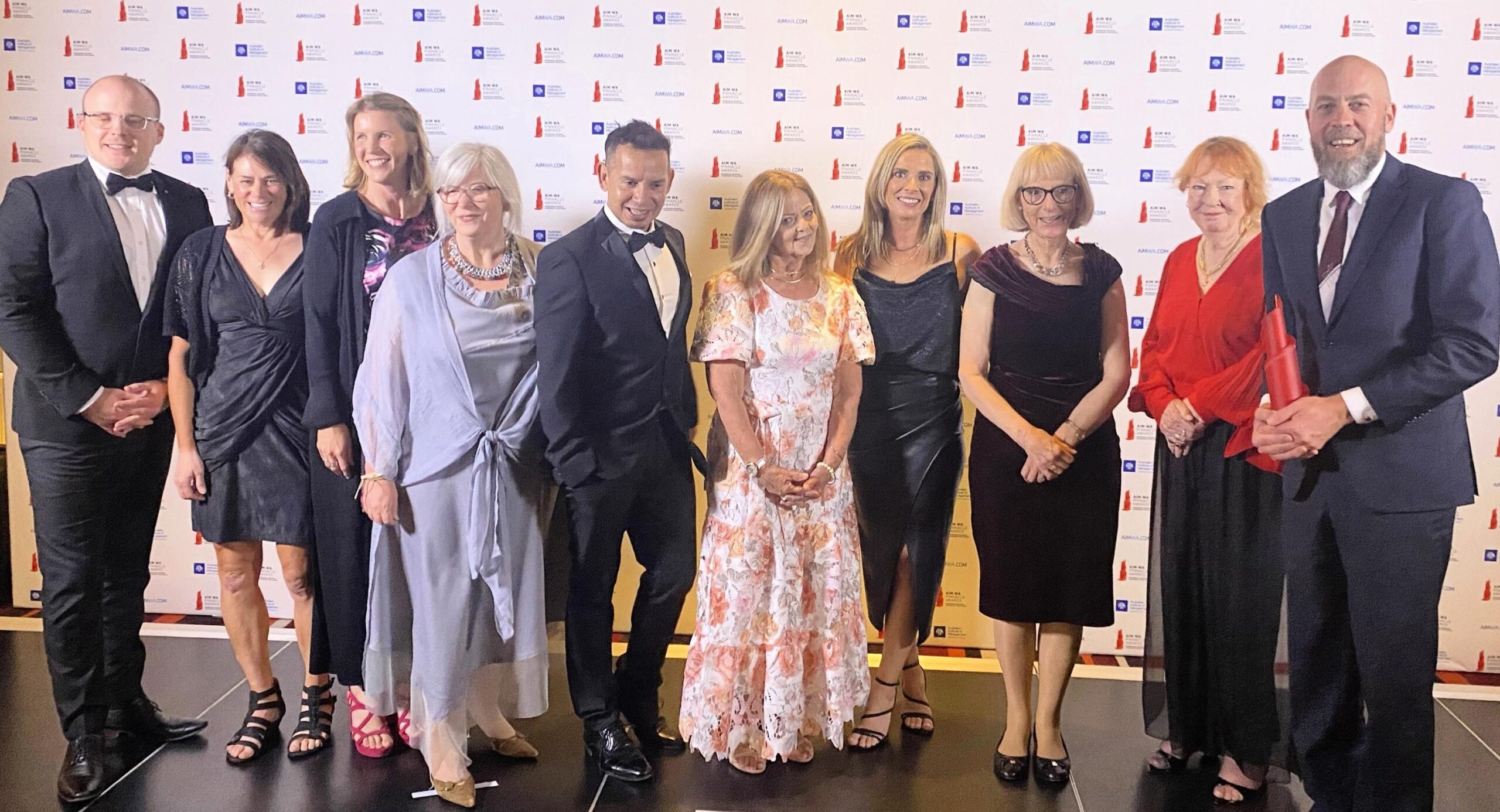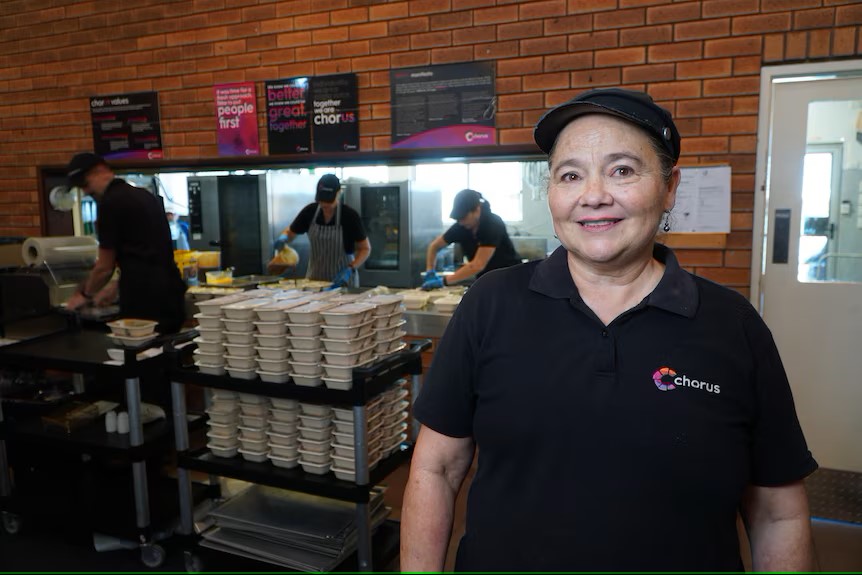Chorus CEO Dan Minchin’s monthly reflection on how we are putting the community back into community service.
The intent behind major changes happening at Chorus boils down to three words: Local, Simple, Effective. “Local” is all about creating small, empowered teams who work closely together and with their communities; “Simple” is what we need to create so those teams can waste minimal effort on things that don’t relate to them, customers or communities.
In the end, though, Local and Simple only matter if they enable us to be Effective; to achieve our goals and deliver on our purpose of enabling people to live the life they choose.
To make that happen, we are building a culture of effectiveness.
***
Three years ago, a number of people made mistakes which led to a near-miss. We nearly lost a Chorus employee to electrocution and it was tempting to discipline those responsible. But when we paid attention to what was really going on, we realised those mistakes were made within a culture that was not strong on safety. A culture where mistakes were made not by a few people, but by many, up to and including me.
 At a stop-work meeting, I participated in a role play where the partner of a deceased employee was notified. The imaginary experience was horrible, for me, and for the 100-odd people watching. At the stop-work meeting, the people most-closely associated with the incident were counselled and most agreed to share what they had learned with the organisation.
At a stop-work meeting, I participated in a role play where the partner of a deceased employee was notified. The imaginary experience was horrible, for me, and for the 100-odd people watching. At the stop-work meeting, the people most-closely associated with the incident were counselled and most agreed to share what they had learned with the organisation.
In other words, we used the near-miss to draw a line in the sand and to start building a culture of safety. We came up with a shared commitment: we are all committed to keeping ourselves and each other safe and well.
Since then, we have made great improvements, thanks to the individual and collective effort of everyone at Chorus. Our injury rate has more than halved and, this year, we have had two stretches of around 100 days injury-free. It’s a long, gradual process, and we won’t stop until we are at – and stay at – zero injuries.
That’s why it’s called a “commitment”. This is what it takes to be effective.
***
The safety commitment became the inspiration for others, and we now have four commitments to reflect the key dimensions of our organisation.
- We are all committed to keeping ourselves and each other safe and well
- We are all committed to making Chorus a great place to be
- We are all committed to making life easier for customers
- We are all committed to being confident in managing money.
We believe that when all four are in sync – safety, people, customers, money – we will be a truly effective organisation.
At Chorus, being “effective” means (demonstrably and continuously) striving to meet all four commitments.
Drawing on what we learned from our safety journey, along with other great examples of being effective – responding to COVID, beating our ambitious 2021 budget – we know that a culture of effectiveness depends on three things: clarity, traction and confidence.
Clarity
The first thing we have done is identified measures linked to the four commitments. We have built a dashboard for each Local and for the whole organisation, which is summarised below.
| Commitment | Measure | This matters because … |
| Making life easier for customers | Customer feedback (compliments v complaints) | It is crucial to know if customers are happy with our work and what we can do to improve. |
| Making life easier for customers | Time with customer (hours) | There is always more demand than we can meet and we want to maximise the amount of support we provide to people and communities. |
| Being confident in managing money | Time with customer (hours) | We get paid for the hours we deliver (revenue), while most of our costs relate to people. To be sustainable, we need to maximise the proportion of time we spend with customers. |
| Keeping ourselves and each other safe and well | Hazards reported (number) | A safe culture is a proactive one. Chorus people are surrounded by hazards every day, and we want them to be vigilant at spotting and practical in addressing them. |
| Making Chorus a great place to be | Employee net promoter score (ratio) | We want to know if people would recommend Chorus to a friend. This is the strongest indicator of whether we are a great place to work or volunteer. |
We want each Local to review the dashboard fortnightly and the wider organisation to see both Local and aggregate dashboards monthly. Most importantly, we want the output of these dashboards to guide our behaviour, decisions and actions.
The review is a work in progress; for example, we don’t have firm targets on any of the four measures yet. It may seem odd, then, to claim we are creating clarity.
But while we are some way from defining and achieving specific targets, we are at least now having the conversation. As CEO, I have set an overall intent (the four commitments and some working measures) and left space for us to work together on how to achieve it.
There is little point of me, as CEO, having clarity, if that clarity is not and felt by all. Discussion, debate and co-design of measures and targets in an environment where it is safe to disagree, try and fail is essential.
Which brings me to traction…
Traction
An elegant measurement framework is of no value if it does not lead to action. In fact, it needs to link to thinking, decisions, action and learning.
Traction is not an attribute of many organisations, particularly not-for-profits. Niceness, capability gaps and lack of accountability create barriers to getting traction.
So, as part of our transition, we have adopted tools and frameworks to overcome barriers to traction: most notably our “Chorus Community Collaboration” (a Trello-based collaborative planning, delivery and reporting methodology). The transparency, inclusiveness and weekly/fortnightly/monthly cadence is starting to work.
Again, there’s plenty still to be done, such as developing and embedding “the frame” (like business rules and processes) and ensuring everyone is clear on decision-making rights and responsibilities.
Confidence

Clarity and a focus on accountability are ineffective – in fact, downright counterproductive – if people are not confident in their ability to take on a project and contribute to a result. Setting a goal but not offering support is a pretty good way to weaken, not strengthen, confidence.
Confidence, as any sporting coach will tell you, is hard to pin down and yet harder to manufacture, but at Chorus we aim to do it by encouraging participation, breaking down tasks, and expecting – even celebrating – mistakes. We celebrate wins and express gratitude, while also being honest with ourselves and each other about the “plus ones”. We are building a culture and capability of formal and informal coaching, so people always have access to honest, positive support.
Once again, it is fair to say we are still developing our habits and routines for building confidence, but we think we are on the right track.
***
There are, of course, some risks associated with building a culture of effectiveness. The first is the risk the culture becomes punitive. When trying to encourage performance, it is very easy to blame people for their mistakes or set them an overwhelming goal. The impact of this type of culture is high levels of stress, burnout and reduced performance.
A key mitigation against a punitive performance-focus is to ensure clarity where all parties are clear and part of agreeing on what is expected; another is to provide support which is as honest as it is accessible.
The second risk I see is that we inadvertently create a culture of individual success; by being too focused on results and personal accountability, we might encourage people to be competitive (“for me to succeed, you must fail”). The cost of this would be enormous; at Chorus we know from experience that most problems or opportunities – and all complex ones – require high levels of collaboration and aligned effort. Gathering customer feedback? Improving our recruitment effectiveness? Implementing a new finance system? Transforming an organisation? None of these things can be delivered by an individual or team working in a silo.
To address this second risk is to be thoughtful about what goals we set and how we allocate resources. In particular, I believe all goals should be collective; for example, an entire Local team is (and feels) responsible for their aggregate number of hazards reported, and leans in to help where the group falls short. More than that, the Chorus back office – what we call the Enabling Team – needs to also take its share of responsibility; in this example to ensure the hazard reporting system is simple, user-friendly and accurate.
We must encourage shared celebrations (and make it safe to share responsibility for mistakes) and encourage “we” language over “I”. A tricky aspect is to align other incentives – particularly remuneration – to the collective, collaborative culture.
The funny thing about these risks is that, while there are common flaws in any performance-oriented organisation (think: investment bank), they actually undermine performance and disrupt the very culture one is trying to foster.
If we don’t pay attention, the seeds of our failure will be sown in our pursuit of success.
***
Our work only matters if it makes a positive impact. For Chorus, that means we are achieving our purpose of enabling people to live the life they choose – which in turn depends on us being a highly effective organisation.
The Chorus transition will – in structural terms, at least – be complete by December. The design of “Chorus 2.0” has been developed and refined to give us the bare bones of an effective organisation, but the hardware is inert if the right software is not installed.
